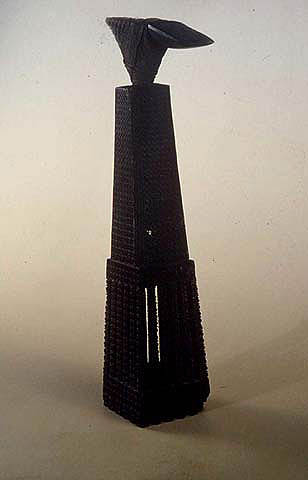
Click here to view image
Ritual axe
Enrico A. D'Albertis 1932
Mangaïa, Cook Islands, second half of the 19th century
XIX - 1891 - 1900
C.D.A.1096
Tipo di misura: altezzaxlarghezzaxspessore; Unità di misura: cm; Valore: 41x17x9
Isole Cook
Coconut fibres
Insegna simbolica di rango. La lama di basalto era usata manualmente per uccidere le vittime sacrificali del dio Rongo. Le asce rituali erano considerate un simbolo di divinità e atte a captare e conservare il potere dei nemici uccisi e delle divinità stesse. A fine Ottocento vennero realizzate a fini di lucro. Cerimonie.
The ritual axe represents ‘Tane Mata Ariki’ (‘Tane with a royal face’), the god of craftsmen who, according to tradition, taught the people of Mangaia how to make axes. The flared wooden handle, with a square section base and hollow lower part, is densely engraved and pierced with hourglass, star and ‘K’ geometric motifs. The blade made of black basalt stone is rectangular in shape, with a cut on the shorter side and bevelled longer sides. The blade is attached to a hollow in the handle entirely wrapped with coconut plant fibre, woven to form a decoration. Non-functional ritual axes, with their surfaces completely engraved with geometric and naturalistic motifs, are specific to the island of Mangaia. Before contact with Europeans, axes of this type were equipped with a cylindrical handle and used as insignia of rank. Having fallen into disuse, basalt blades were recovered and in the 19th century the pedestal form was introduced to meet commercial needs. The 19th century constituted a kind of golden age of sculpture for the Cook Islands. Inspired by traditional forms and motifs and aided by metal tools, sculptors produced large quantities of objects to meet the demands of whaling crews.

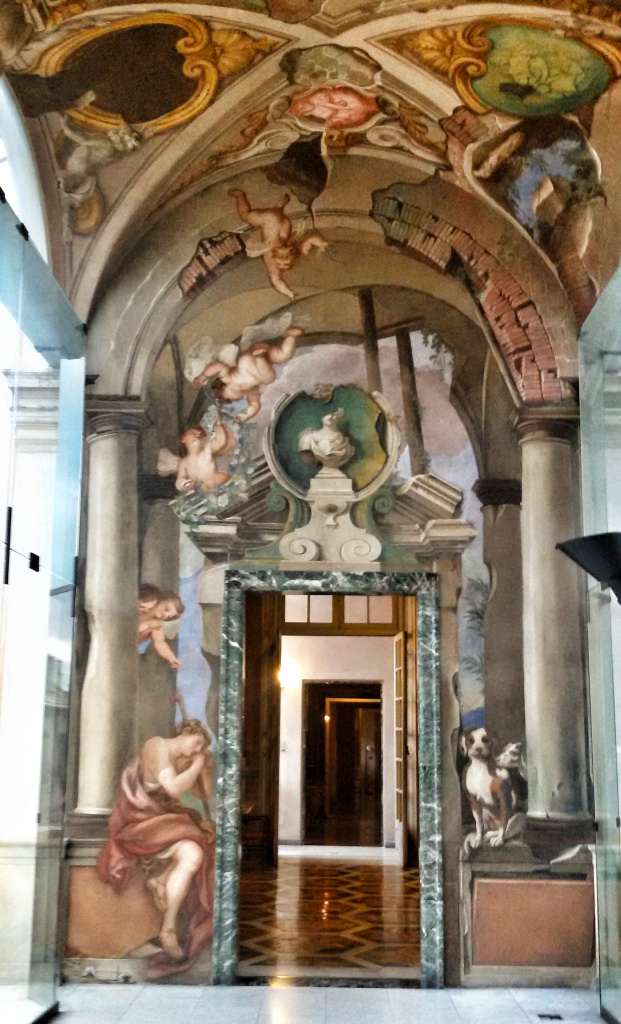

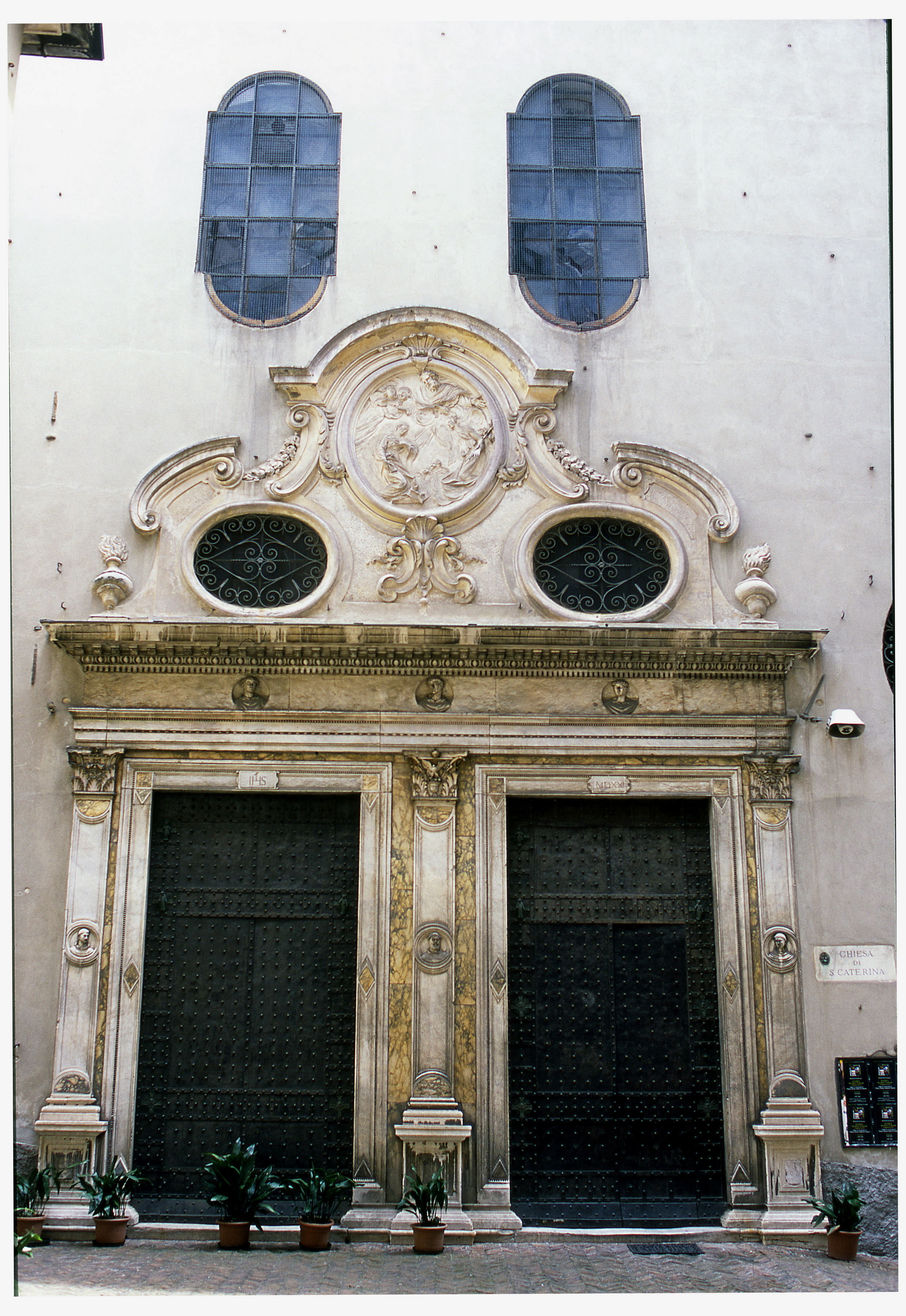
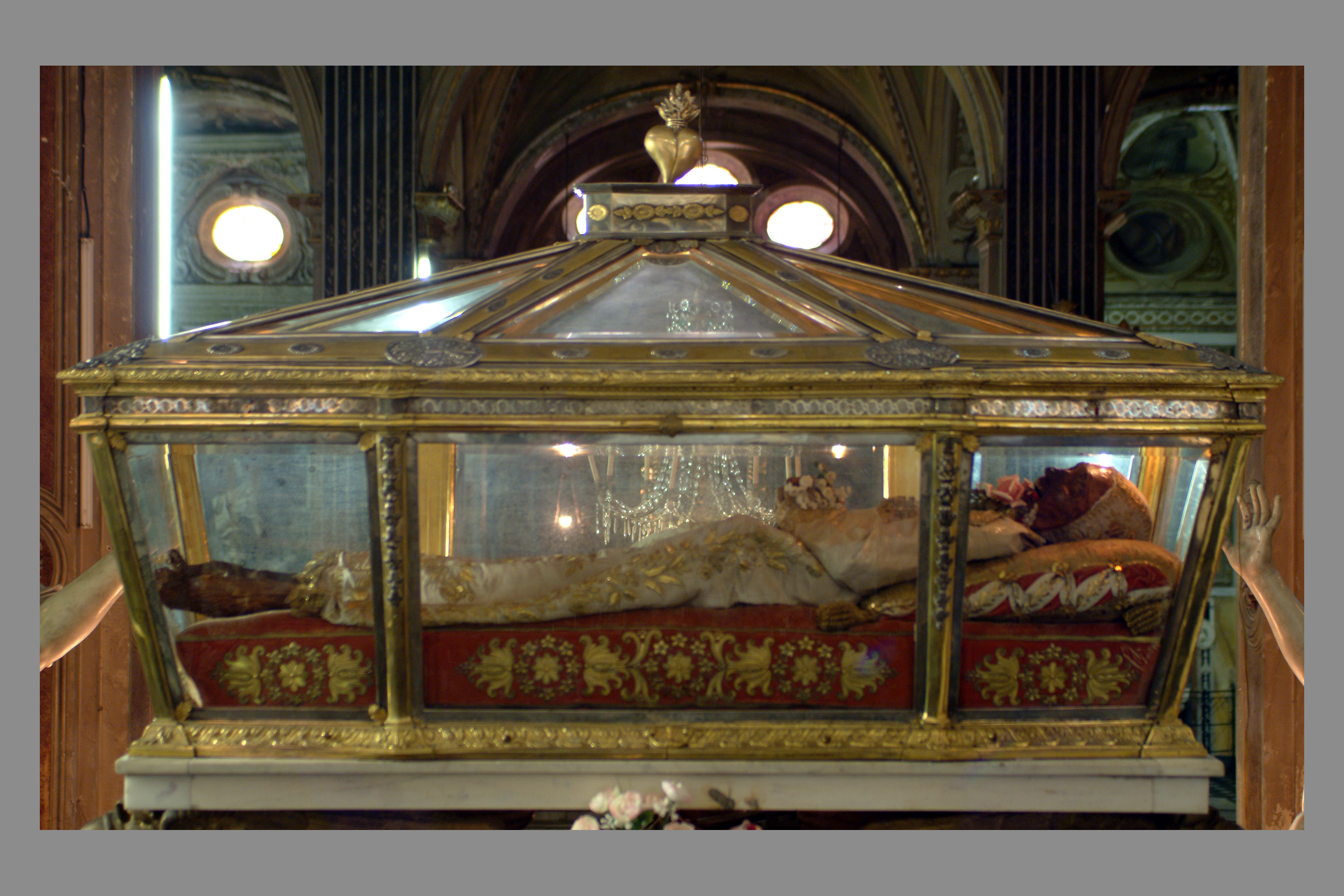



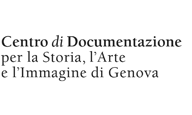






Follow us on Facebook
Follow us on Tripadvisor